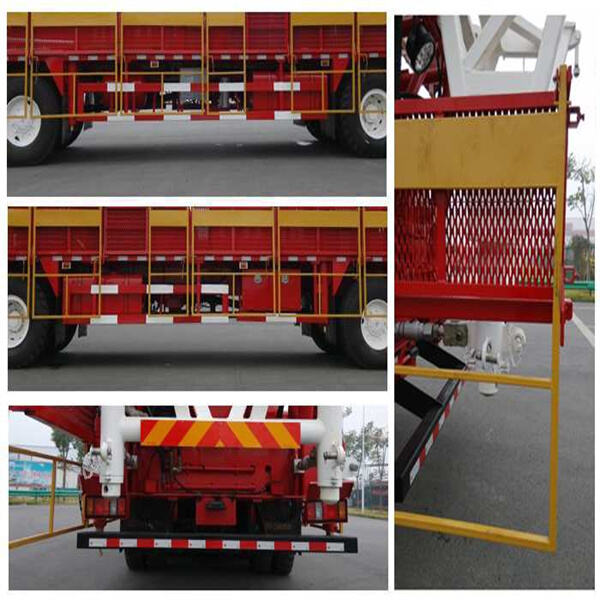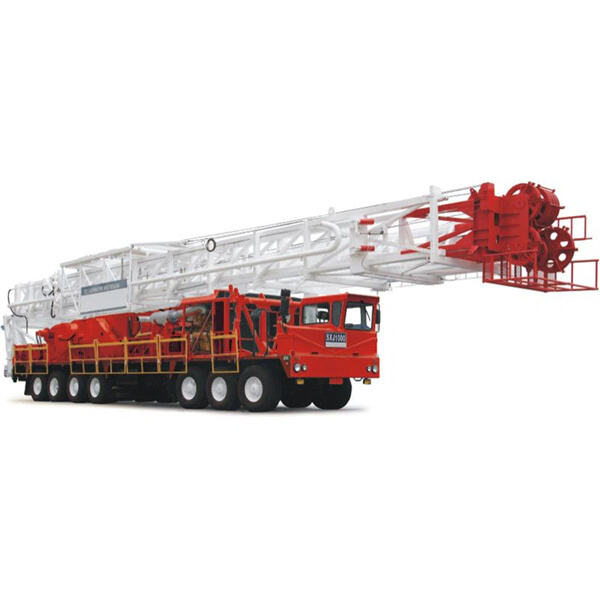Oil well rigs aren't new. They enable us to extract oil from the deep ground. The first oil well drilling rig was constructed in Pennsylvania in 1859 by a man named Edwin Drake. Oil rigs 38 years ago were not nearly what they are today. They were flimsy wooden structures, pulled along by teams of horses or steam engines. Decades later, and oil rigs have changed and improved in working deeper places to access such goals.
Safety is key while working with oil rigs. Drilling for oil is a risky business, so it’s crucial to observe safety rules to protect workers and the environment. Efficiency is also important. The quicker we can get oil, the better. Companies such as Xiangjing stress safety and efficiency to ensure that drilling goes smoothly and successfully.

The rigs that drill for oil today are nothing short of miraculous. They also have special drilling tools, sensors and computers that allow workers to control the drilling process with great precision. Some oil rigs can drill thousands of feet below the ground to reach oil that used to be difficult to access. It’s a tech that’s disrupted oil drilling, and made it more safe and efficient.

Oil well rigs are crucial for the world economy. They provide us the oil to fuel our cars, heat our homes and power our industries. Nations with oil can make money by selling it abroad. The oil sector also provides employment for millions of people globally, which facilitates economic development. Oil rigs and the industry keep growing because we need to oil.

While oil rigs can be crucial for energy, they can also damage the environment. And there are risks associated with drilling for that oil, including oil spills, air pollution and destruction of animal habitats. That’s why companies like Xiangjing should care for environment, he added. They develop new technologies for reducing pollution, saving wildlife and working in more sustainable ways to mitigate the damage from oil drilling.